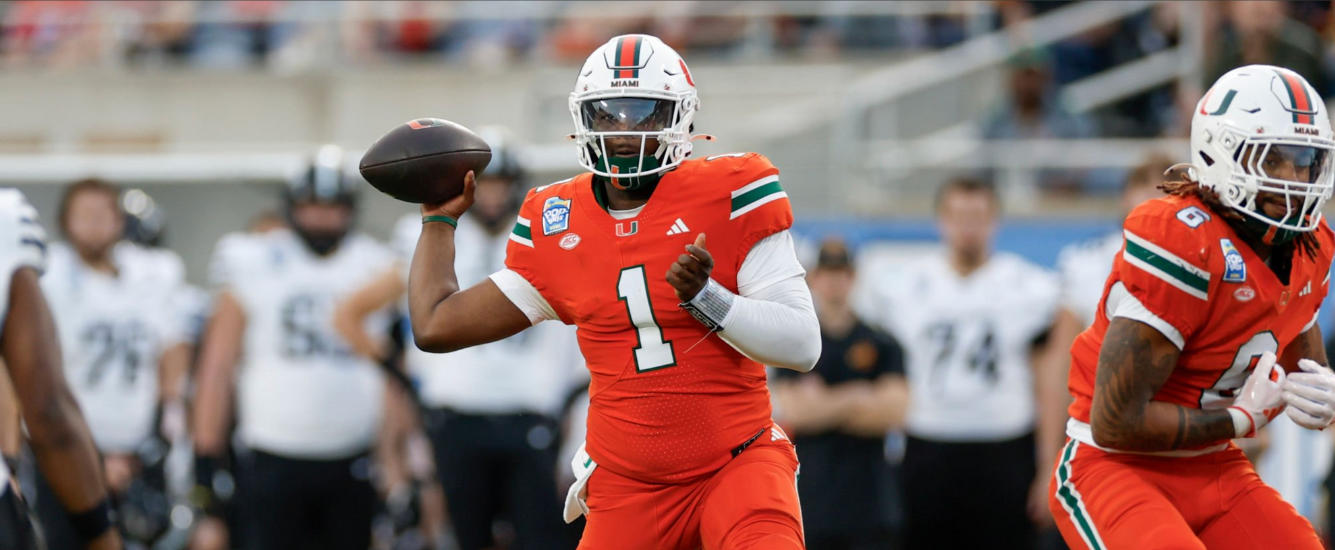In the Wide Receiver Lesson of the 2020 Best Ball Workshop, Shawn Siegele discusses the WRs tactics that make the difference between winning and losing. It’s not hyperbole to say WR is the key to generating elite top-six percentages. The numbers will shock you.
The Best Ball Workshop has been a blast to write again this season, and it’s a testament to the fantastic intel available in the Best Ball tools suite from Mike Beers. And things are about to get even better. We just launched the Win Rate Explorer with a host of new features. Some of those goodies are incorporated into this lesson.
Today’s lesson provides the framework for understanding the importance of WRs in best ball. For anyone wanting more context, I recommend Jack Miller’s fantastic Recency Bias and the Natural Tendency to Zag: Why Zero RB Is Set to Crush in 2020. It covers the positional scoring and ADP trends that could create a monster.
Earlier this week, I used the Win the Flex tool to find the best places to target WRs and argue that you can wait on RB. If the evidence from If WR Is Deep, RB is Bottomless actually translates into real leagues, it should show up . . . now.
The Fundamentals – Don’t Fall Short at WR
WR Win Rates 2017-2019

To be competitive in BestBall10s, using a 7- or 8-WR construction is imperative. The vast majority of owners hit these marks, although almost 42,000 have failed to draft enough, with nearly 9,000 selecting too many.
Of course, more than just the total number of WRs, it’s crucial to take those receivers in certain areas of the draft. In the RB Lesson, we discovered that you could wait into the double-digit rounds and still find success. Will that be true with WR as well?
The WR-WR Start Has Struggled, But Does Draft Slot Matter?
In Lesson 6, we discovered that WR-WR is the worst two-round start in best ball. Using the Win Rate Explorer, we can visualize just how much it’s cost drafters early over the last three years.

The first row shows the breakdown of win rate by draft slot. As Mike Beers and I discussed on RotoViz Overtime, the top-four slots have been very successful, the middle four only moderately successful, and the last four an abject disaster. Is there anything we can do about this? And how does it relate to our positional start?
As you can see, WR draft picks in the first four selections worked out well. If you included 2016 and 2017, this would be even clearer, as these picks included numerous Antonio Brown seasons. But overall, receivers have been unsuccessful in the first two rounds. You can improve win rates out of the No. 11 and 12 slots by choosing receivers, but the overall win rate is still low, since the average win rate from those slots is about 5.5%.
The draft then changes abruptly, as WR win rates skyrocket in the next three rounds. The value of stockpiling WRs becomes obvious when we return to the Roster Construction Explorer and look at teams that draft at least three WRs in the first five rounds.












